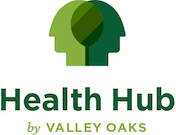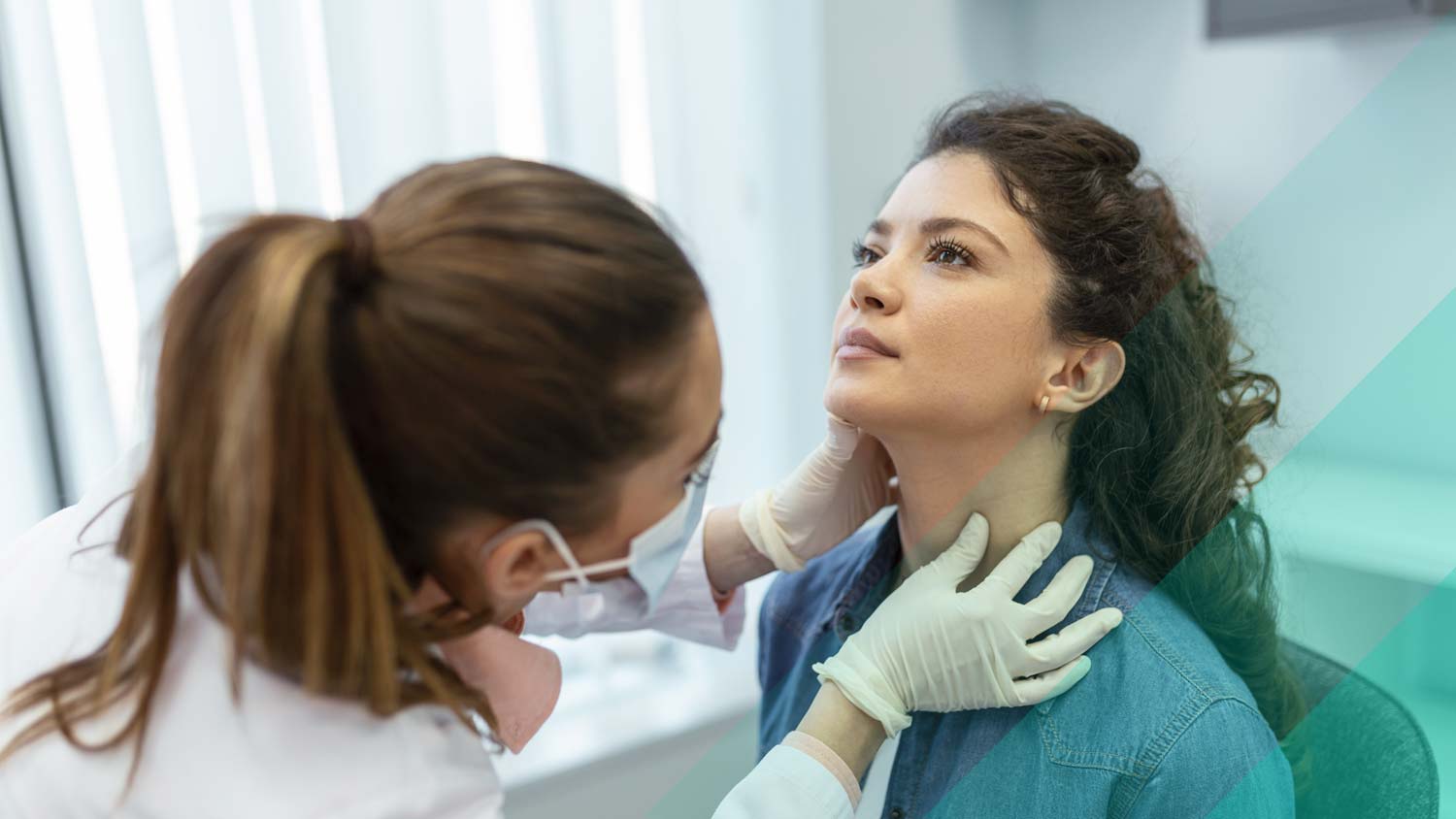Years of research have shown that substance use disorders are brain disorders that can be treated effectively. Treatment must take into account the type of drug used and the needs of the individual. Successful treatment may need to incorporate several components, including detoxification, counseling, and medications, when available. Multiple courses of treatment may be needed for the patient to make a full recovery.
The two main categories of drug use disorder treatment are behavioral treatments (such as contingency management and cognitive-behavioral therapy) and medications. Behavioral treatments help patients stop drug use by changing unhealthy patterns of thinking and behavior; teaching strategies to manage cravings and avoid cues and situations that could lead to relapse; or, in some cases, providing incentives for abstinence. Behavioral treatments, which may take the form of individual, family, or group counseling, also can help patients improve their personal relationships and their ability to function at work and in the community.
Addiction to prescription opioids can additionally be treated with medications including buprenorphine, methadone, and naltrexone. These drugs can prevent other opioids from affecting the brain (naltrexone) or relieve withdrawal symptoms and cravings (buprenorphine and methadone), helping the patient avoid relapse. Medications for the treatment of opioid addiction are often administered in combination with psychosocial supports or behavioral treatments, known as medication-assisted treatment (MAT). A medication to reduce the physical symptoms of withdrawal (lofexidine) is also available.
Information from Drugabuse.gov







